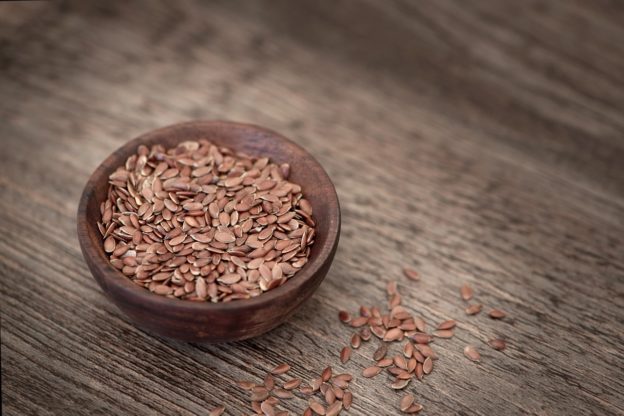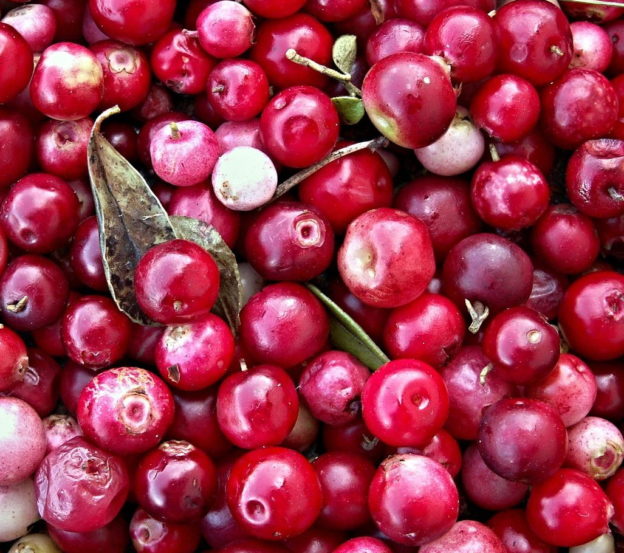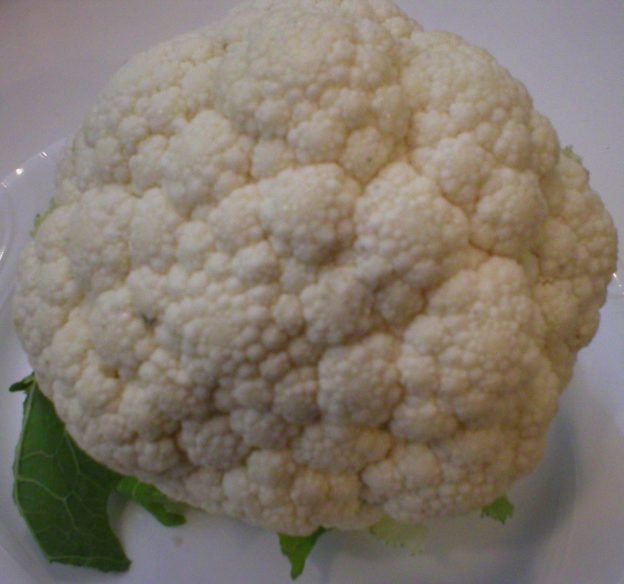Flaxseed have become more popular in recent years, as we’ve learned just how healthful these tiny seeds are. Below is a compilation of information about these little gems, from their history to recipes and ideas on how to include them in your meals. I hope this helps!
Enjoy,
Judi
Flaxseeds 101 – The Basics
About Flaxseeds
The scientific name for flax, Linum usitatissimum, tells us a lot about the flax plant and its value to humans for literally thousands of years. The “Linum” part of this name reveals the fact that the plant has been woven into the fabric “linen,” which has been made for over 3,000 years. The “usitatissimum” part of its name is Latin meaning “of greatest use” in Latin. And nothing could be truer than that. Flax has not only been used as a food source, but also for being woven into fabrics and used in the making of sails, bowstrings, and body armor. If that’s not enough, flaxseed is also used in the making of linseed oil, which is used as a wood finish and preservative.
Evidence shows that flax cultivation was common practice as far back as 2,000 BC, and possible back to 4,000 BC in the Mediterranean Sea region and in parts of the Middle East. Early evidence shows that flax cultivation may have existed during the Neolithic Era, about 10,000 BC. It appears that flax has always been used for both culinary and textile purposes.
Even into modern day, flax is being used for culinary and domestic use. Most flax production in North America is made into different grades of oil. Non-food grade flaxseed/linseed oil is used in wood finishes, paints, coatings, and other industrial supplies. Food grade flaxseed/linseed oil can as be used in livestock feed, or as a culinary oil. Canada is the world’s largest producer of oilseed flax, followed by Russia, France, and Argentina.
Fiber flax is the other major variety of flax. France and Belgium are major producers of fiber flax. While cotton, wool and silk remain the most popular natural fibers in the global textile market, the global flax market has grown in recent years due to increased production of linen products in China.
In addition to flax oil and linen production, the demand for flaxseed as a food has been increasing. Since flaxseed is considered to be a very nourishing food and many sources are proclaiming the health benefits of flaxseed, the demand for flaxseed is expecting to grow even further.
Nutrition Tidbits and Health Benefits
Flaxseeds are loaded with nutritional benefits and are listed among the “superfoods.”
Flaxseeds are an exceptional source of omega-3 fatty acids. They are high in alpha-linolenic acid (ALA). ALA has been found to help keep cholesterol from clinging from blood vessels of the heart and reduces inflammation in arteries. With that, flaxseeds have been shown to reduce the risk of heart disease and stroke. Furthermore, the fiber in flaxseeds has been shown to improve cholesterol levels, further decreasing the risk of heart disease and stroke.
Flaxseeds have been shown to help lower blood pressure, especially in those who already have elevated blood pressure.
Also, flaxseeds are very high in lignans. Lignans are fiber-related polyphenols that act as antioxidants and also phytoestrogens. They are known to help reduce our risk for cancer and improve overall health. Specifically, flaxseeds have been shown to lower the risk of breast cancer, especially in postmenopausal women. Flaxseeds have also been shown to lower the risk of prostate cancer in men. Animal studies have shown that flaxseeds reduce the rate of colon and skin cancers. So, no matter who you are, you stand to benefit by including flaxseeds in your diet!
Flaxseeds are also a good source of dietary fiber (both soluble and insoluble), protein, Vitamin B1, copper, magnesium, phosphorus, selenium, Vitamin B6, folate, calcium, iron, and potassium. The soluble fiber is a type of mucilaginous gum that enables the seeds to thicken liquids. These fibers also help to reduce blood cholesterol levels.
How to Select Flaxseeds
Flaxseeds can be purchased whole or ground. When purchasing whole flaxseeds, make sure there is no evidence of moisture in the package. If purchasing the seeds from bulk bins, be sure there is a fast turnover from the bins. Otherwise, they may not be as fresh as you would want. Bear in mind that whole flaxseeds are hard to chew and digest, so it is recommended that they be ground before being eaten. Many people grind their flaxseeds in a spice, seed, or coffee grinder just before using it, which helps ensure they get maximal health benefits from their seeds.
Ground flaxseeds are available for purchase and are a nice convenience for those who can’t take the time to grind their own seeds.
How to Store Flaxseeds
Optimally whether whole or ground, flaxseeds should be stored in an airtight container in the refrigerator or freezer.
If purchased ground, flaxseeds should be kept in the refrigerator or freezer. They are much more prone to oxidation and spoilage once ground, so their oils need to be protected by cold temperatures and airtight containers. This same principal applies to home-ground flaxseeds. They can be stored in the refrigerator for up to 4 months, and up to 12 months in the freezer.
Whole flaxseeds can be stored in an airtight container in a cool, dry, dark area for 6 to 12 months. However, storing them in the refrigerator or freezer ensures they will be at their maximal freshness for the longest period of time, which is 12 months.
Flaxseed oil is highly perishable and should always be stored in the refrigerator. Only opt for flaxseed oil that was sold in opaque bottles that help protect it from the light.
How to Prepare and Preserve Flaxseeds
If you buy whole flaxseeds, they should be ground before being used. Many people use spice, seed, or coffee grinders for this process. Most people grind only the amount they need for immediate use. If you prefer to grind more at one time, store the extra ground seed in an airtight container in the freezer.
Quick Tips and Ideas for Using Flaxseeds
Flaxseeds have gained in popularity in recent years as a valuable health food for everyone to include in their diet. They have emerged as an important source of omega-3 fats especially for vegetarians, with only one tablespoon providing 1,597 mg of the essential fatty acids. If you aren’t in the habit of including flaxseeds in your foods, the following tips and ideas are provided to help you out.
* Top fruit with yogurt, then sprinkle with round flaxseed.
* Add some ground flaxseed with flour when measuring dry ingredients for baked goods.
* Flaxseed oil is highly perishable, so it is not recommended that it be used in cooking. But it may be added to dishes after they are cooked.
* For a nutritional boost, sprinkle ground flaxseeds onto hot or cold cereal.
* Add ground flaxseeds to a smoothie or shake for a nutritional boost.
* Add a tablespoon of flaxseed oil to a smoothie or shake for added omega-3 fats.
* Add some ground flaxseed to your burgers or meatloaf (whether they are meatless or meat-based).
* Sprinkle ground flaxseeds on cooked vegetables (such as carrots) for a nutty flavor and nutritional boost.
* Finish your favorite creamy soup with a sprinkle of ground flaxseed for added color, nutrition, nutty flavor, and thickening.
* Add ground flaxseeds to baked goods, like muffins and breads, for a nutritional boost.
* When using flaxseed in a hot dish with liquid in it, add flaxseed at the end of cooking time to keep it from thickening the liquid too much.
* Add some ground flaxseed to salad dressings. They will not only add a big nutritional boost, but will also thicken them, making them adhere to your salad ingredients better.
* To use flaxseeds as an egg replacer in baked goods, mix one tablespoon of ground flaxseeds with three tablespoons of water. Allow the mixture to rest briefly as the water thickens. Then add it to your batter in place of an egg and proceed from there as usual.
* Whenever you’re “breading” something (coating it with bread crumbs), add some ground flaxseed to the breading mixture for an added nutritional boost.
* Make a delicious smoothie by blending together 1 banana, 1 cup roughly chopped strawberries, 1 cup milk of choice, and 1 tablespoon of ground flaxseed. If desired, it may be further sweetened with 1 or 2 Medjool dates, 1 to 2 teaspoons of honey, or sweetener of choice.
* Sprinkle a little ground flaxseed onto mayonnaise or mustard after spreading it on bread for a sandwich.
Foods, Herbs, Spices That Are Known To Go Well With Flaxseeds
Proteins, Nuts, Seeds: Nuts in general (esp. peanuts, peanut butter, walnuts), sesame seeds
Vegetables: Carrots and carrot juice, fennel, kale, squash (winter), vegetables (in general), zucchini
Fruit: Apples and applesauce, avocados, bananas, citrus fruits
Grains: Flour (any grain, and in baked goods), grains (in general), oats, oat bran, oatmeal, rice, wheat
Dairy and Non-Dairy: Cottage cheese, yogurt
Other: Honey, oil (esp. olive)
Herbs and Spices: Coriander, herbs in general
Flaxseeds have been used in…
Baked goods (quick breads, yeast breads, crackers, muffins, pie crusts), cereals, desserts, French toast, granola, juices, meatless burgers and loafs, pancakes and waffles, pizza crust, salads (i.e. as a topping), smoothies, soups
Recipe Links Using Flaxseed
Chocolate Protein Balls https://www.allrecipes.com/recipe/233985/chocolate-protein-balls/?internalSource=staff%20pick&referringId=17642&referringContentType=Recipe%20Hub&clickId=cardslot%201
Bran Flax Muffins https://www.allrecipes.com/recipe/16877/bran-flax-muffins/?internalSource=hub%20recipe&referringId=17642&referringContentType=Recipe%20Hub
No Bake Energy Bites https://www.allrecipes.com/recipe/239969/no-bake-energy-bites/?internalSource=hub%20recipe&referringId=17642&referringContentType=Recipe%20Hub
15 Ways to Use Ground Flaxseed https://www.cookinglight.com/food/recipe-finder/ground-flaxseed-recipes?slide=280737#280737
17 Recipes That Will Make You Want to Eat More Flaxseed https://yurielkaim.com/flaxseed-recipes/
Resources
http://www.whfoods.com/genpage.php?tname=foodspice&dbid=81#descr
https://www.thekitchn.com/egg-substitutes-in-baking-try-95072
https://www.healthline.com/nutrition/benefits-of-flaxseeds
https://www.tasteofhome.com/collection/10-ways-to-cook-with-flaxseed/
https://food.ndtv.com/food-drinks/how-to-eat-flaxseeds-health-benefits-tips-and-recipes-1247569
Page, Karen. (2014) The Vegetarian Flavor Bible. New York, NY: Little, Brown and Company.
About Judi
Julia W. Klee (Judi) began her journey enjoying “all things food” in elementary school when she started preparing meals for her family. That love of food blossomed into a quest to learn more and more about health and wellness as related to nutrition. She went on to earn a BS Degree in Food and Nutrition, then an MS Degree in Nutrition. She has taught nutrition and related courses at the college level to pre-nursing and exercise science students. Her hunger to learn didn’t stop upon graduation from college. She continues to research on a regular basis about nutrition as it relates to health. Her hope is to help as many people as possible to enjoy foods that promote health and wellness.



